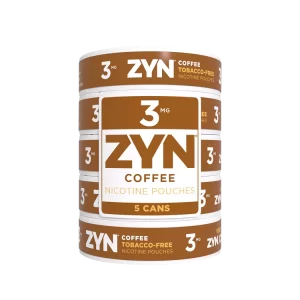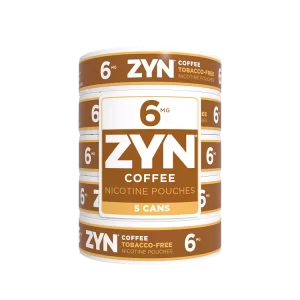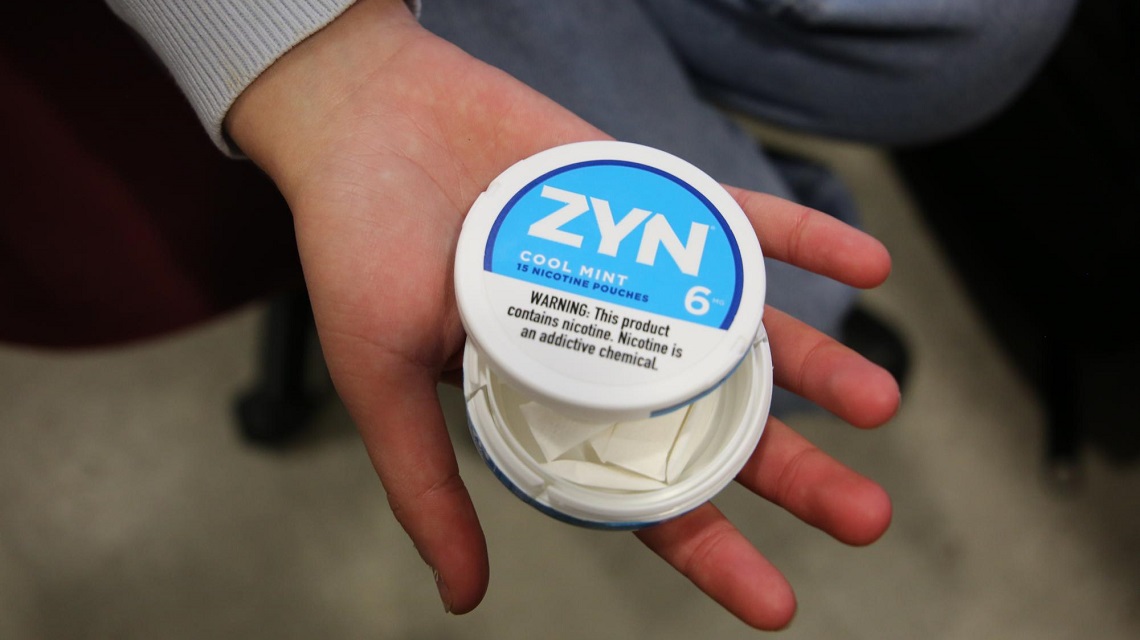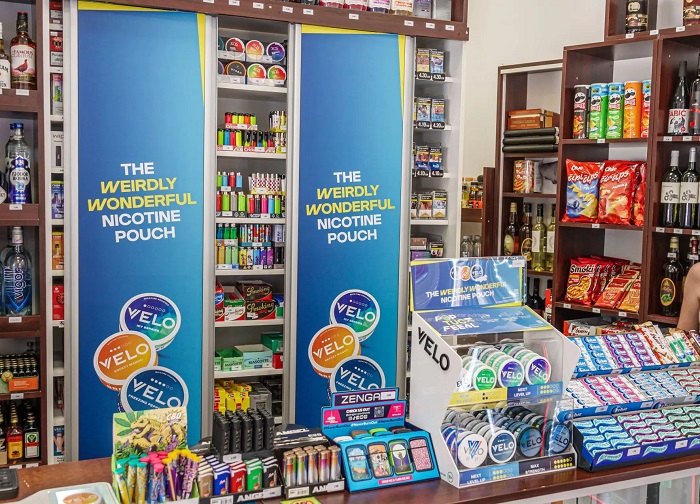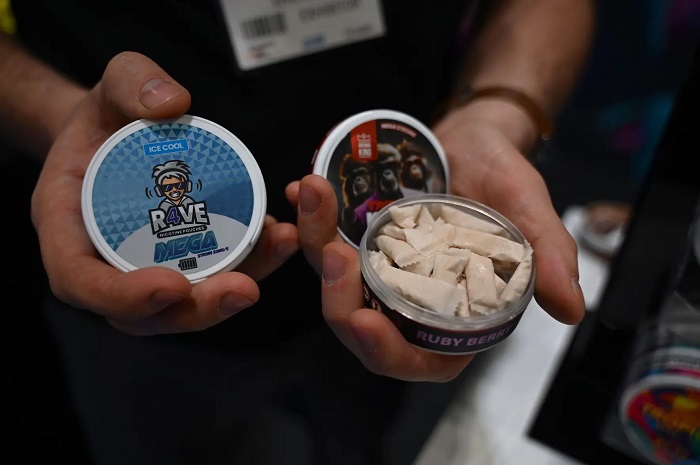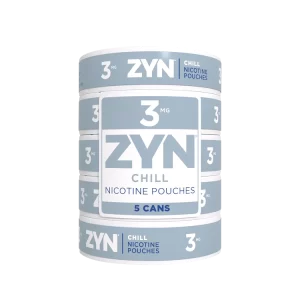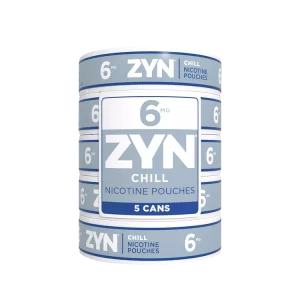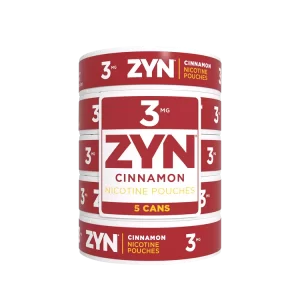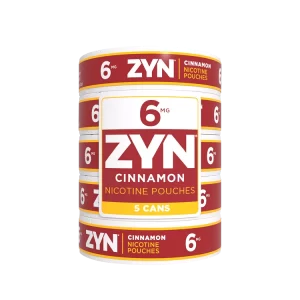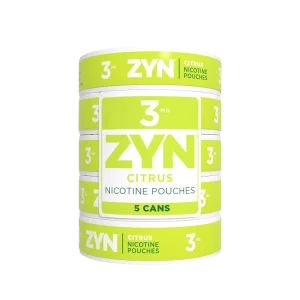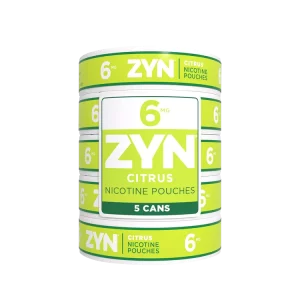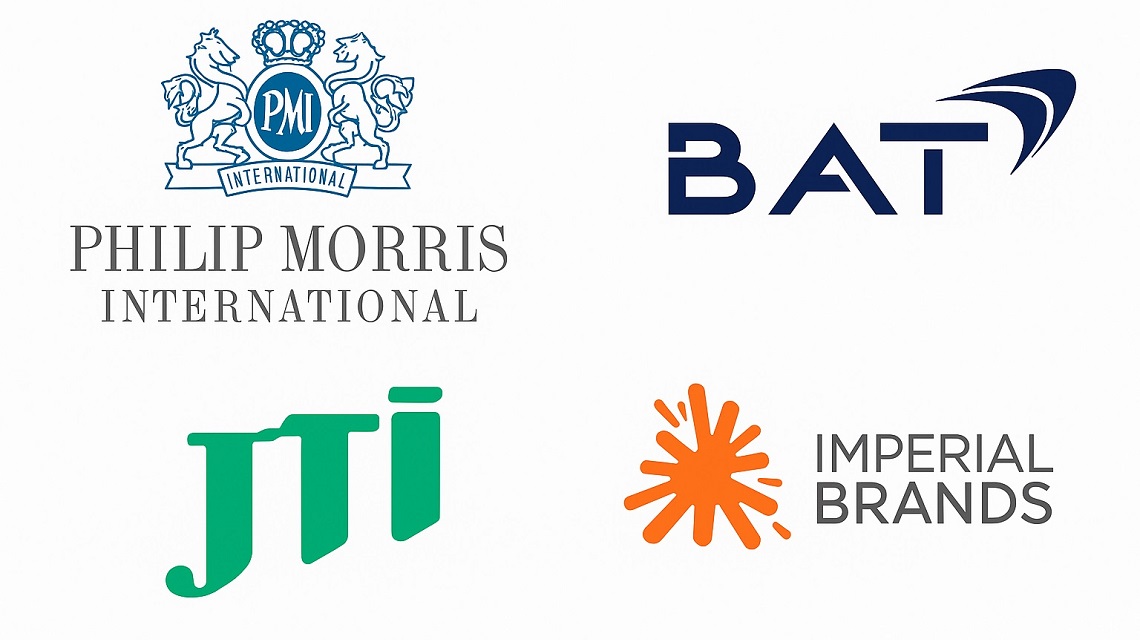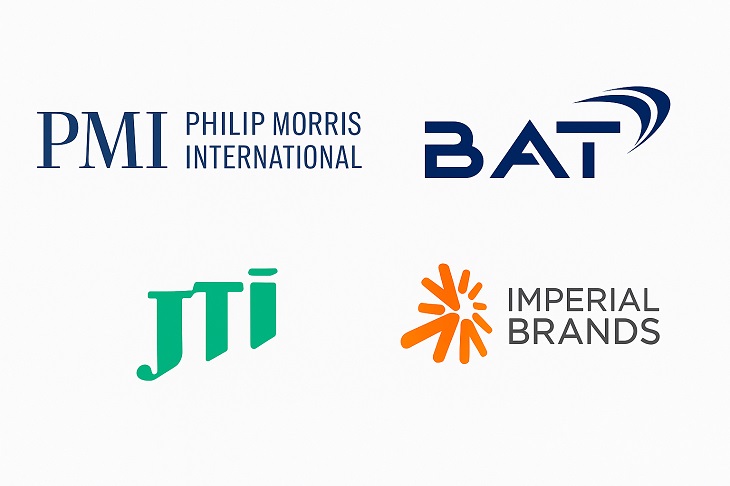When most people hear the word nicotine, they immediately think of addiction, danger, or toxicity. While nicotine is indeed addictive, that’s only part of the story. The truth is more nuanced—and more important to understand, especially with the rise of nicotine alternatives and harm-reduction products.
What Is Nicotine, Really?
Nicotine is a natural alkaloid found in plants from the nightshade family, which includes not just tobacco but also tomatoes, potatoes, eggplants, and peppers. While tobacco contains the highest levels, these common vegetables also contain trace amounts of nicotine—though not enough to affect your health.

Historically, nicotine has been used for various purposes, including as a natural insecticide. Today, it’s found in products like traditional cigarettes, smokeless tobacco, e-cigarettes, and nicotine replacement therapies (NRT).
Is Nicotine Dangerous?
Yes and no. Nicotine is addictive and can cause dependence—but it is not the main cause of smoking-related diseases. The harmful effects of smoking come primarily from the 7000+ chemicals released when tobacco burns—many of which are carcinogenic. Nicotine itself is not classified as a carcinogen by the U.S. FDA or the World Health Organization.
What About Nicotine in Vegetables?
Some people worry about eating vegetables that contain nicotine. The truth? You’d have to eat dozens of kilograms of eggplants or tomatoes to consume even a single milligram of nicotine. The amounts found in these foods—usually between 3 to 100 micrograms per kilogram—are so tiny that they’re considered nutritionally and medically irrelevant.
Can Smoking Cause Nicotine Poisoning?
Nicotine can be toxic in high doses, and symptoms of nicotine poisoning may include nausea, vomiting, dizziness, and in severe cases, seizures or heart failure. However, the average smoker only absorbs about 1 mg of nicotine per cigarette, far below the toxic threshold.
In fact, the commonly cited “lethal dose” of 30–60 mg has been debunked by toxicology expert Professor Bernd Mayer, who found that this number originated from an outdated 1906 textbook. Modern research suggests the lethal dose is significantly higher than previously thought.
Is Nicotine Replacement Therapy (NRT) Safe?
Yes. NRT products—such as patches, gum, lozenges, and pouches—deliver low, controlled doses of nicotine without the harmful chemicals found in cigarette smoke. They help people manage cravings and double the chances of quitting successfully.
A major study published in The Lancet in 2016, involving over 8,000 participants across 16 countries, confirmed that NRT is effective and safe, with no increase in mental health risks. NRT is even listed as an essential medicine by the World Health Organization.
Nicotine and Cancer: Clearing the Confusion
Despite popular belief, nicotine does not cause cancer. According to the 2014 U.S. Surgeon General’s Report and statements from the FDA, there is no evidence linking nicotine directly to cancer. It is the tar, carbon monoxide, and other toxicants in tobacco smoke that do the real damage.
Who Should Avoid Nicotine?
While adult use of nicotine alternatives may be relatively safe, fetuses and adolescents are especially vulnerable to its effects.
Fetal exposure to nicotine can impair brain development, increase the risk of stillbirth, and lead to lifelong health issues.
Adolescents are more likely to suffer long-term cognitive and emotional impacts, such as reduced attention span, increased anxiety, and a higher risk of substance abuse.
That’s why the 2020 World No Tobacco Day campaign focused on protecting youth from nicotine and tobacco industry influence.
Final Thoughts
Understanding nicotine’s true nature helps us make better choices. While it is undeniably addictive, nicotine is not the enemy many believe it to be. The real danger lies in how it is delivered—especially through combustible tobacco.
With the rise of safer nicotine alternatives and growing public awareness, we can separate fact from fiction, support harm reduction, and create a healthier future for all.
SHOP THE LOOK






